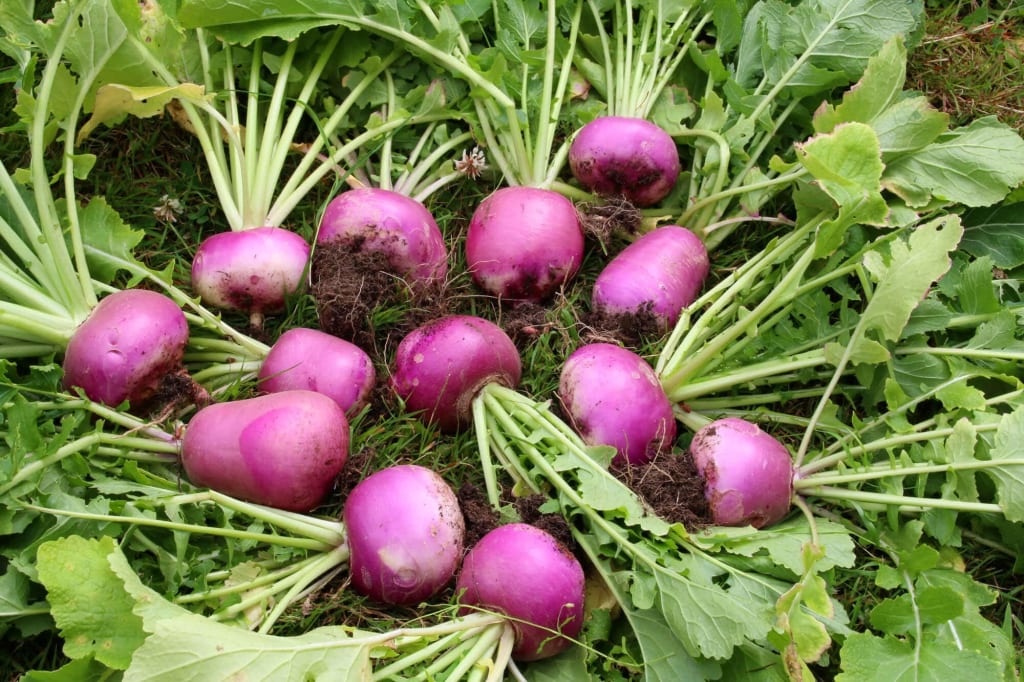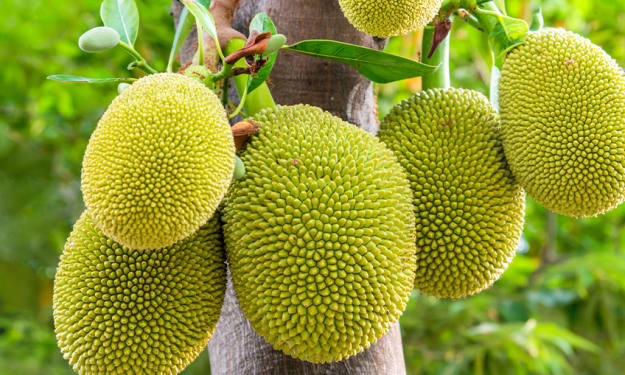Turnip Farming in India: A Comprehensive Guide
Turnip Farming Guide

Introduction
Turnip farming is an essential part of Indian agriculture. It provides farmers with a versatile and nutritious crop that can grow in diverse climate conditions. Here, we will provide all the important information necessary for turnip farming in India. As a farmer, this will enable you to cultivate a plentiful harvest in your next farming venture.
1. Understanding Turnips
Turnips belong to the Brassicaceae farming and are scientifically known as Brassica rapa. They are root vegetables with edible taproots that are rich in vitamins, minerals, and antioxidants. Turnips come in various shapes, sizes, and colors, ranging from white and purple to red and yellow.
2. Climatic Requirements
Turnips are cool-season crops; therefore, temperate climates are considered good for their optimal growth. However, they can be grown in diverse climate conditions, from sub-tropical to temperate regions. The cool and moist weather with temperatures ranging from 10°C to 25°C is considered optimal for their growth.
3. Soil Preparation
A well-depleted, rich soil with a pH level in the range of 6.0 to 7.5 is great for turnip development. However, prior to planting, the soil should be prepared by ploughing thoroughly and harrowing it, using a Swaraj 744 FE tractor to eliminate weeds and garbage. Also, one should add natural fertiliser or manure to work on the fertility and texture of the soil.
4. Seed Choice
Choosing the right seeds is significant for turnip cultivation in India. In this manner, you should pick seeds from reliable suppliers as per your locale's environment and soil. Always go for top-notch seeds that are free from sickness and have a high germination rate. It's best to select hybrid or improved varieties that are resistant to pests and diseases. By choosing the right seeds, you can ensure a healthy crop and maximise your yield.
5. Propagation and Planting
The propagation of turnips is done via seeds. For this, you can sow seeds directly in the prepared soil. With the seed sowing, there are two things every turnip cultivator should keep in mind. One is that the seeds should be sown at a depth of 1.2 centimetres, and the second is the spacing between two seeds, which should be 10-15 centimetres. For turnip seed sowing, the ideal time is the onset of the winter season. This allows them to mature during the cooler months.
6. Nutrient Management
Proper nutrient management is highly important if you want to cultivate turnips profitably in India. For this, you can ensure that supplements like nitrogen, phosphorus, and potassium are available in the soil in the right amount. If there’s a deficiency of any nutrient in the soil, you can add compost or manure to enrich the soil and its fertility.
One thing that you should remember is not to overuse synthetic fertilisers. This is because they harm the environment and influence soil health over a long period of time. You can conduct regular soil testing to monitor nutrient levels and adjust your fertilisation practices accordingly. Moreover, this will help in encouraging healthy development and ensure a plentiful harvest of turnips.
7. Crop Management
Regular watering is important for the turnip yield to maintain the soil dampness levels. Additionally, this helps advance their healthy development. Consequently, turnips should be watered uniformly throughout the developing season.
Try not to overwater or underwater the plants for better care of the crop. Moreover, cultivators can practise mulching to retain moisture in the soil and suppress weed growth.
8. Pest and Disease Management
Turnips are relatively resistant to pests and diseases, but they may still be susceptible to certain issues, such as aphids, flea beetles, and clubroot. Proper crop rotation, sanitation, and the use of organic pesticides can help prevent and control pest and disease infestations.
9. Harvesting and Post-Harvest Handling
Depending on the variety and growing circumstances, turnips are prepared to collect 60-80 days in the wake of planting. Collect the roots when they reach a reasonable size and shape, ordinarily 5-10 cm in diameter. For harvesting, you can utilise a digging fork or shovel to gently lift the turnips from the soil so the roots aren't damaged. After that, you can send them for post-harvest practices using a Mahindra 585 tractor attached to a trolley.
10. Marketing and Value Addition
When the harvesting is finished, sort the turnips depending on their size, shape and quality. Thereafter, pack them in ventilated crates or bags to maintain their freshness during transportation. What's more, one can look for value-addition opportunities like picking, canning, or processing turnips into chips or snacks to increase their time span of usability and market life.
Conclusion
Turnip cultivation offers Indian farmers a beneficial and feasible harvest choice that can flourish in different agro-climatic regions. By following the development strategies provided in this guide and adopting good agricultural practices, farmers can expand yields and profitability while adding to food security and rural livelihoods.
About the Creator
The Sustainable Seedling
The Sustainable Seedling delves into the joyful world of planting, cultivating not just vibrant blossoms and bountiful harvests, but also a respect for our planet. Discover eco-friendly practices, tips for urban green spaces.






Comments (2)
bhg ja yha se . like kr do
I really Like your post.